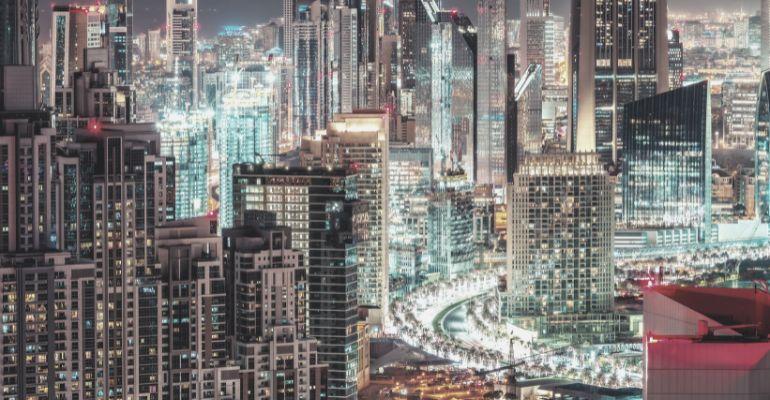According to a recent report by international real estate consultancy Knight Frank, ageing office buildings in Dubai provide a strengthening investment opportunity. This is due to tenant expectations starting to shift toward greater sustainability.
Environmental, social, and governance (ESG) factors are becoming more crucial as sustainability challenges become more prominent on a worldwide scale. The need to become green has never been more pressing. This is because buildings account for 40% of global greenhouse gas emissions. ESG variables can also significantly affect how appealing commercial properties are to investors and occupiers.
Commercial offices with ESG ratings are becoming more and more in demand. This is particularly the case amongst big-name companies from across the world.
DUBAI’S COMMERCIAL OFFICE MARKET
According to the Knight Frank analysis, Dubai's office market has witnessed a significant rebound in rental growth for areas with a larger mix of new or contemporary properties. Rents now exceed pre-COVID levels in areas like Business Bay, the DIFC, and the Dubai Design District.
However, the city's older neighbourhoods, with a greater concentration of older, more second-hand property, continue to struggle to recover pre-pandemic leasing rates. According to Knight Frank, this isn't necessarily a result of a lack of demand in the market, but rather a lack of desire for older workplaces.
The fact that Grade A office spaces in Dubai have occupancy rates in the mid-80s to low 90s percent reflects the drive towards quality and the increased focus on Grade A space. In contrast, Grade A occupancy rates in Riyadh are roughly 97%.
DETERIORATING STATE OF OFFICE SPACE IN DUBAI
Properties in the Dubai International Financial Centre (DIFC) are quickly deteriorating. This is despite the fact that DIFC continues to be Dubai's financial hub and fetches the highest office rentals in the city. 51% of the 6 million square feet of office space in the area was finished before 2010.
The same can be said for a few other well-known areas, like Dubai Internet City and Dubai Media City. The offices in these areas have an average age of 15 years throughout their combined 10.3 million square feet of office space. Like Riyadh, 84% of the offices on Olaya Road and 50% on King Fahd Road are older than five to ten years old.
SHIFTING DEMAND TOWARDS ESG-COMPLIANT OFFICE SPACE
Without major remodelling that is ESG compliant, some buildings may begin to experience rising vacancies and declining rents. This is especially the case as tenants demand more environmentally friendly structures.
However, older buildings should not be disregarded. Grade B buildings are built within developed communities with accompanying infrastructure, so they are frequently positioned in better locations. The conventional demolish-and-rebuild strategy in the region may soon be challenging to execute as banks scrutinize the carbon footprint of new developments before giving development funding. Yet, it will not always be financially possible to renovate all Grade B buildings.
Yet, a refurbishment has a much smaller carbon footprint than demolishing and then rebuilding. This is therefore a highly attractive proposition amongst international businesses that are striving to reduce their carbon footprint.
Although landlords may regard refurbishments as capital-intensive, there is substantial evidence from a variety of research and established locations like London that oppose this doubt. There is not only a premium in rental rates for ESG-certified office buildings. But there are also decreased vacancy rates, property risk, and operating expenses associated with ESG certifications like the LEED certifications.
So, with the right approach, the same strategy can be replicated in Dubai. This is especially the case given the lack of globally recognized green-rated office buildings.

